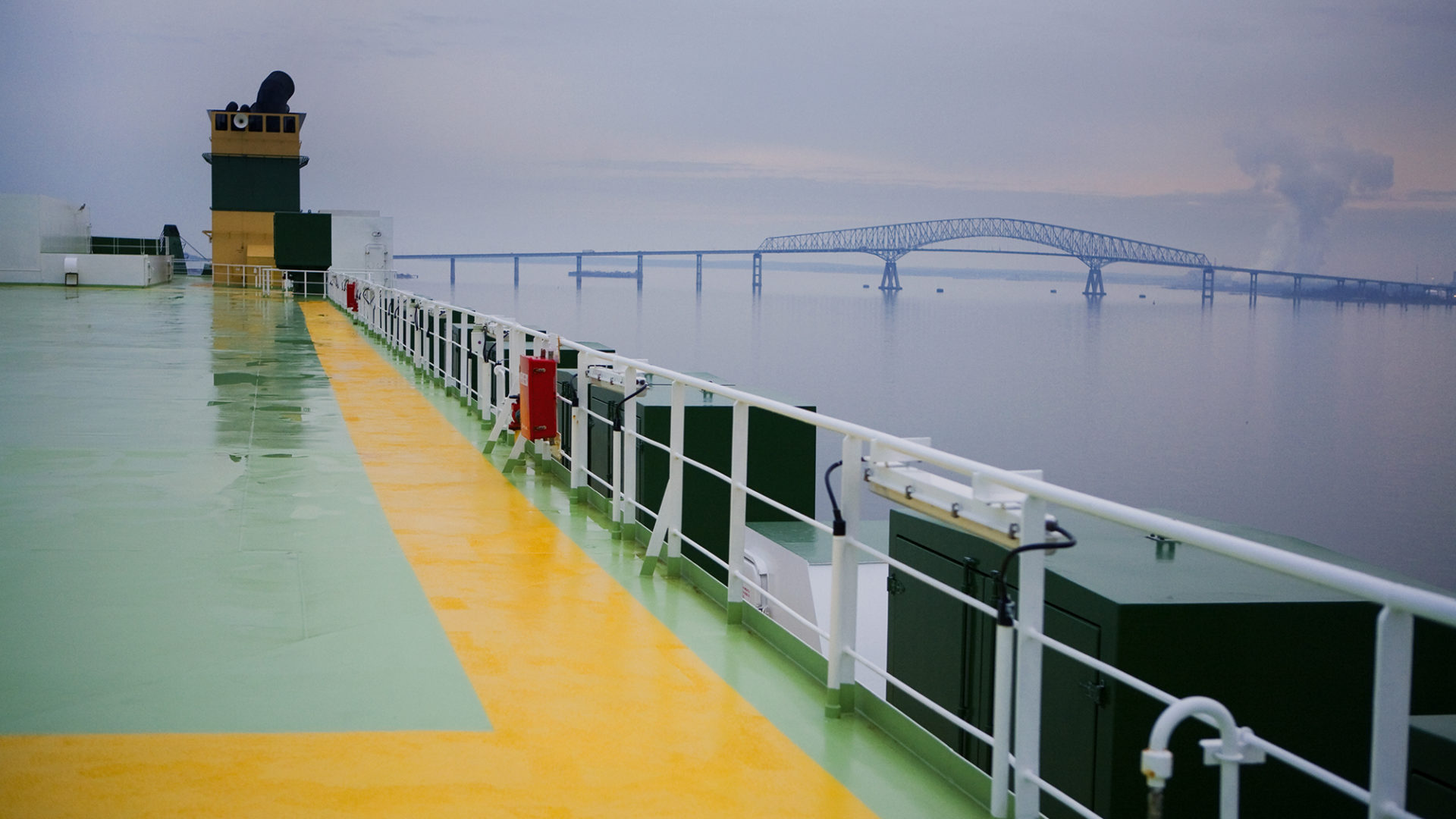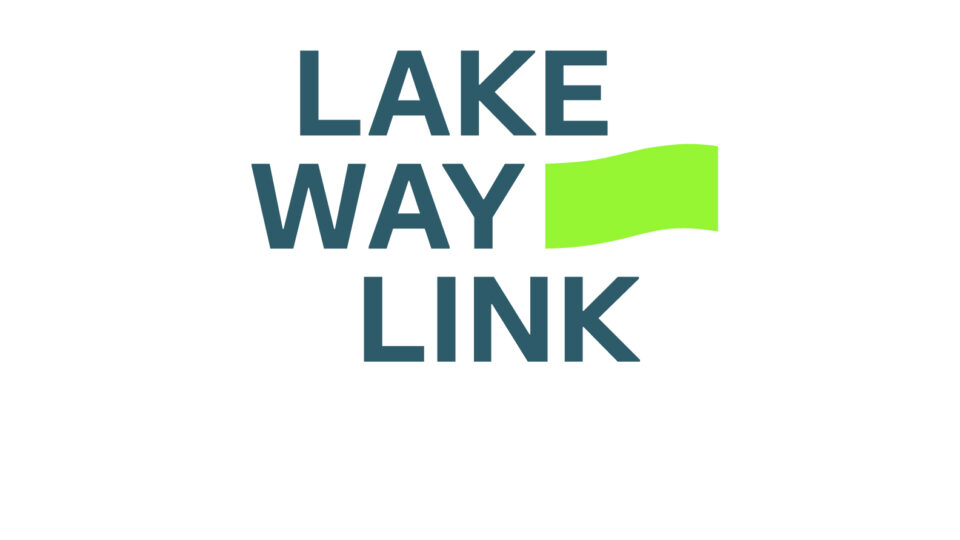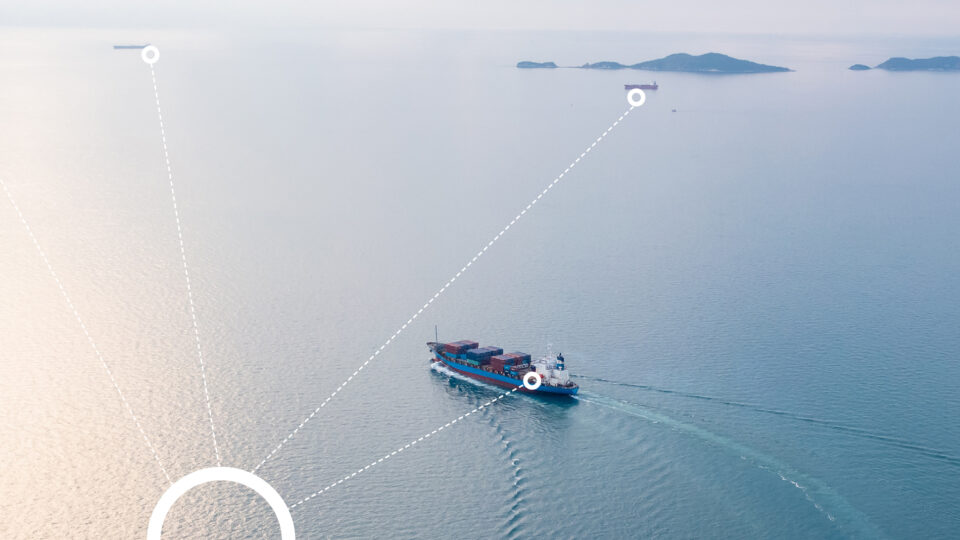Diversity is key to lower emissions from shipping
How can we lower emissions from shipping? According to Naval Architect Carl Fagergren, we can’t look for just one answer.

Many eyes are turned to shipping nowadays. Shipping could potentially solve the enormous challenges for the transport sector. A transport sector that, if you exclude international maritime, has not seen the same gradual decline in emissions as other sectors. Therefore, many governments wants to move goods transportation from road to rail and shipping. Sweden’s Minister of Infrastructure Tomas Eneroth, encourages shipping to play an important role in the transport system. His argument is that shipping is reducing the climate impact of the transport sector, as well as giving the Swedish export industry access to capacity-rich freight transport throughout the year.
With this come a big responsibility to be the hero that the world needs. Shipping in general have done a lot to reduce our negative footprint. But we need to do more. When it comes to energy sources and lower emissions from shipping, there is not one answer. We have to combine several techniques depending on the circumstances for the route.
Batteries
For short or very short routes, batteries may be the best solution if we can charge them with power from sustainable sources. With existing technology, the batteries for long distances will be too heavy and expensive.
Dual/multi fuel engines
For medium to long routes, ships with dual fuel engines is a viable long term choice. These should actually be called multi-fuel engines, since they can run on diesel and LNG, as well as biogas (LBG), biodiesel and various synthetic fuels.
LNG (liquefied natural gas) will reduce the Green House Gas emissions with up to 25 percent, compared to oil. Other emissions such as heavy metals, nitrogen oxides, particles and soot are also lower. Sulphur emissions are close to zero and LNG also reduces nitrogen oxides significantly. When LNG replaces heavy oil as a fuel for ships, it will be positive for both the climate impact and eutrophication of the seas.
However, if you look at the entire life cycle of LNG, it is clear that it is not completely sustainable and not fossil free. Therefore, it is important to move towards even more sustainable fuels. Here, LNG has the big advantage that it can be mixed with, or completely replaced by, liquefied biogas (LBG). And if the multi-fuel vessels is run on 100 percent LBG or green synthetic fuels, the carbon footprint is reduced to near zero, while keeping the same low emissions of sulphur and nitrogen oxides and particles. With this in mind, LNG actually provides a viable pathway to full de-carbonization.
Biofuels
It seems clear that in the future, we will see a much larger variety of propulsion alternatives and fuels. A key to lower emissions from shipping is to use biofuels. Unfortunately, we don´t have endless supplies of LBG or other biofuels. If we want this is to be a viable alternative for shipping, it is necessary that we reduce the fuel consumption drastically, not the least on ocean going ships. This can be done to a certain degree if we optimize our vessels and reduce the speed.
Renewable energy sources
In order to really reduce the energy consumption, we need to use other renewable energy sources like wind and solar power. I believe in wind powered ships for routes across the oceans. In our project wPCC, we have seen that it is possible to move heavy cargo just by using wind. A recent study has shown that we can reduce the fuel consumption by 90% or more by using wind power as main energy source. This will also open up for the use of more sustainable fuels. Thanks to the drastically reduced fuel consumption, the relatively limited volumes that will be available for shipping may be sufficient.




